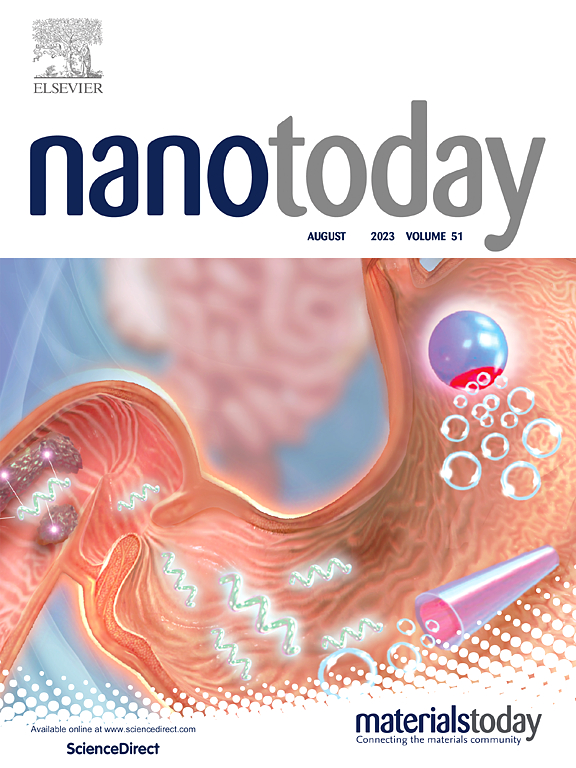MXene - A frontier exploiter in carbon dioxide conversion: Synthesis and adsorption
IF 13.2
1区 材料科学
Q1 CHEMISTRY, MULTIDISCIPLINARY
引用次数: 0
Abstract
MXene, as a novel two-dimensional material, has garnered global attention due to its unique structure and outstanding physicochemical properties. MXene-based adsorption/catalytic agents, characterized by their high specific surface area, abundant surface functional groups, excellent conductivity, and tunability, are considered excellent materials for carbon dioxide (CO2) adsorption and conversion. In recent years, the synthesis methods of MXene have evolved from the initial hydrofluoric acid (HF) etching to Lewis acid molten salt etching, significantly reducing the risks and pollution associated with the synthesis process while enhancing yield and performance. This review provides a comprehensive overview of the application of MXene materials in the adsorption and catalytic conversion of CO2. It first outlines the development history of MXene. Subsequently, the synthesis methods of MXene are discussed, with particular emphasis on the advantages of fluorine-free synthesis methods, including relatively mild etching conditions, safety, pollution-free nature, and ease of control. Later, we elucidate its progress in CO2 adsorption and conversion. Finally, the prospects of MXene materials in the field of CO2 conversion are discussed, along with an exploration of the strengths and weaknesses of current synthesis methods. It has pointed out that MXene holds significant potential in constructing a sustainable carbon cycle economy, underscoring its crucial role in sustainable development.
MXene--二氧化碳转化的前沿技术:合成与吸附
MXene 作为一种新型二维材料,因其独特的结构和出色的物理化学特性而备受全球关注。基于 MXene 的吸附/催化剂具有高比表面积、丰富的表面官能团、优异的导电性和可调性等特点,被认为是二氧化碳(CO2)吸附和转化的绝佳材料。近年来,MXene 的合成方法已从最初的氢氟酸(HF)蚀刻发展到路易斯酸熔盐蚀刻,大大降低了合成过程中的风险和污染,同时提高了产量和性能。本综述全面概述了 MXene 材料在二氧化碳吸附和催化转化中的应用。首先概述了 MXene 的发展历史。随后,讨论了 MXene 的合成方法,特别强调了无氟合成方法的优势,包括蚀刻条件相对温和、安全、无污染和易于控制。随后,我们阐释了其在二氧化碳吸附和转化方面的进展。最后,讨论了 MXene 材料在二氧化碳转化领域的前景,并探讨了当前合成方法的优缺点。报告指出,MXene 在构建可持续碳循环经济方面具有巨大潜力,强调了其在可持续发展中的关键作用。
本文章由计算机程序翻译,如有差异,请以英文原文为准。
求助全文
约1分钟内获得全文
求助全文
来源期刊

Nano Today
工程技术-材料科学:综合
CiteScore
21.50
自引率
3.40%
发文量
305
审稿时长
40 days
期刊介绍:
Nano Today is a journal dedicated to publishing influential and innovative work in the field of nanoscience and technology. It covers a wide range of subject areas including biomaterials, materials chemistry, materials science, chemistry, bioengineering, biochemistry, genetics and molecular biology, engineering, and nanotechnology. The journal considers articles that inform readers about the latest research, breakthroughs, and topical issues in these fields. It provides comprehensive coverage through a mixture of peer-reviewed articles, research news, and information on key developments. Nano Today is abstracted and indexed in Science Citation Index, Ei Compendex, Embase, Scopus, and INSPEC.
 求助内容:
求助内容: 应助结果提醒方式:
应助结果提醒方式:


